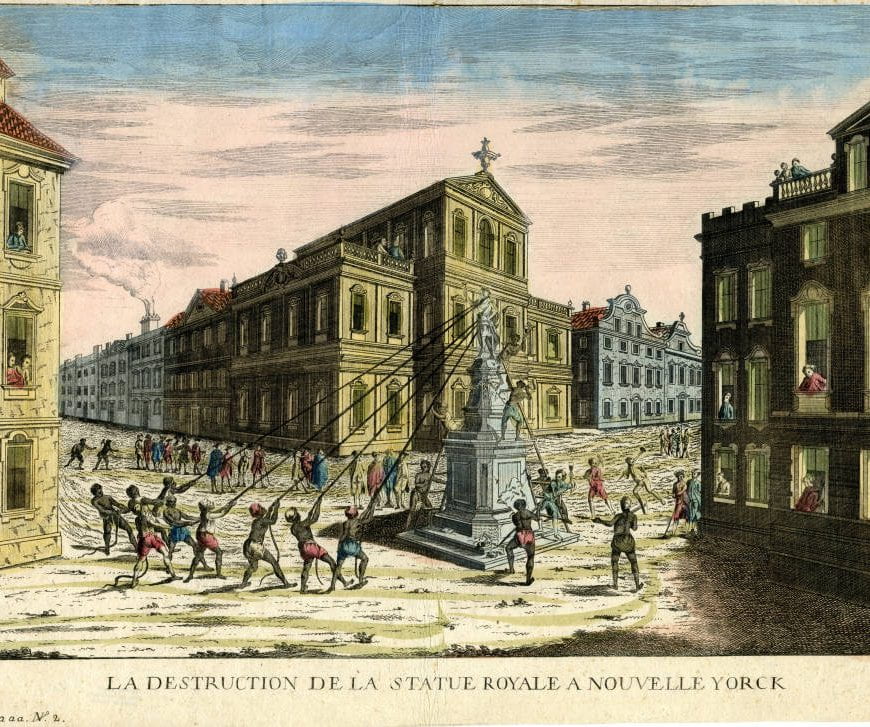
Teaching EAS: Rural STEM in Revolutionary-era Connecticut – Chris Blakley
EAS Miscellany encourages educators to integrate articles from our journal into the classroom. As a part of our series “Teaching EAS,” we invite you to use this lesson plan as a model for designing your curriculum and teaching Early American Studies articles. If you would like to create other lesson plans using EAS articles, please download our template here and share your plan with us. Teaching EAS: “Writing and Sensory Knowledge in a…








